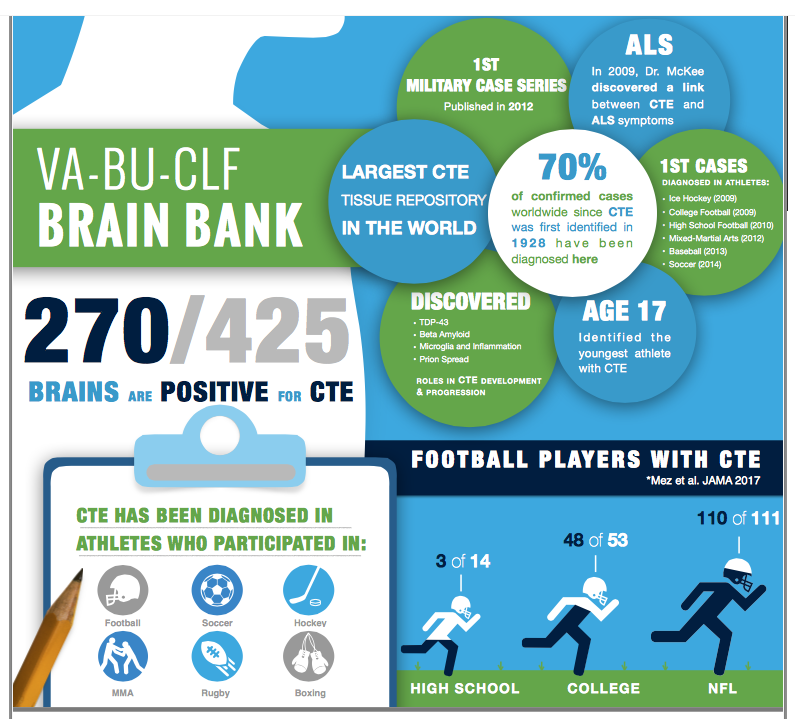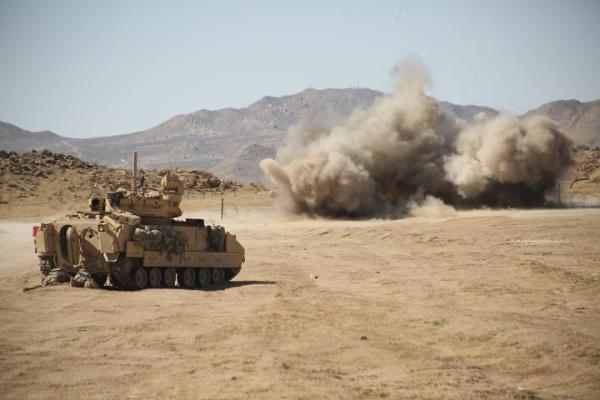Of late, the important topic of traumatic brain injuries has centered around football players and other concussion-prone athletes. But in a welcomed shift of the spotlight, 60 Minutes just redirected the discussion to include the many thousands of military veterans badly injured while serving overseas.
Its recent report dove more deeply into their mental impairments and the presence of CTE, or chronic traumatic encephalopathy that results from repetitive brain trauma, found in the deceased.
While the concept that veterans were plagued with CTE is not new – the Department of Veterans Affairs spoke publicly on this topic in January 2013 – the focus of this CBS report specifically probed those who suffered devastating injuries after being concussed by bomb blasts.
At the center of this medical research is Dr. Ann McKee, Chief of Neuropathology with the VA-Boston University Concussion Legacy Foundation Brain Bank, who has been at the forefront of CTE investigations since 2004. What she and her team are discovering is that CTE trauma can result in ways other than repeated blows to the head over several years, or even decades. Because now, Dr. McKee is seeing that fewer incidents – while far more violent than on-field collisions involving athletes – can also produce catastrophic consequences.


"This blast injury causes a tremendous sort of, ricochet, or whiplash injury to the brain inside the skull," she said in the broadcast report, which aired Jan. 7, "and that's what gives rise to the same changes that we see in football players, as in military veterans."
Dr. McKee told CBS that of the 102 brains of deceased veterans examined by her team 66 had evidence of CTE. As of now, the disease cannot be diagnosed in the living, and there is no cure.
Since the World Trade Center towers fell in 2001, when the U.S. military took up arms in the Iraq and Afghanistan, the Department of Defense estimates that roughly 300,000 servicemen and women have been victims of bomb blasts. Now we are learning that these explosive events carried the potential of delivering these previously unrecognizable brain injuries.
"What's been really stumping us," Dr. McKee added, "is you've got a lot of psychiatric symptoms, and you can't see it very well on images of the brain and so it didn't occur to us. And I think that's been the gap, really, that this has been what everyone calls an invisible injury."
The other new development in this field of study coming from the report was that a New York-based neurologist is also attempting to diagnose CTE in the living. As we wrote about in November, this parallels previous research done by Dr. Bennet Omalu, the first to identify the presence of CTE among NFL players, back in 2002, who recently used a radioactive tracer called FDDNP to develop a diagnostic exam for those suspected to be living with CTE.
"By having this during life, this now gives us for the first time the possibility of estimating the true prevalence of the disease," said the neurologist, Dr. Sam Gandy of Mount Sinai Hospital, who is employing a radioactive tracer called t807. "It's important to estimate prevalence so that people can have some sense of what the risk is."




